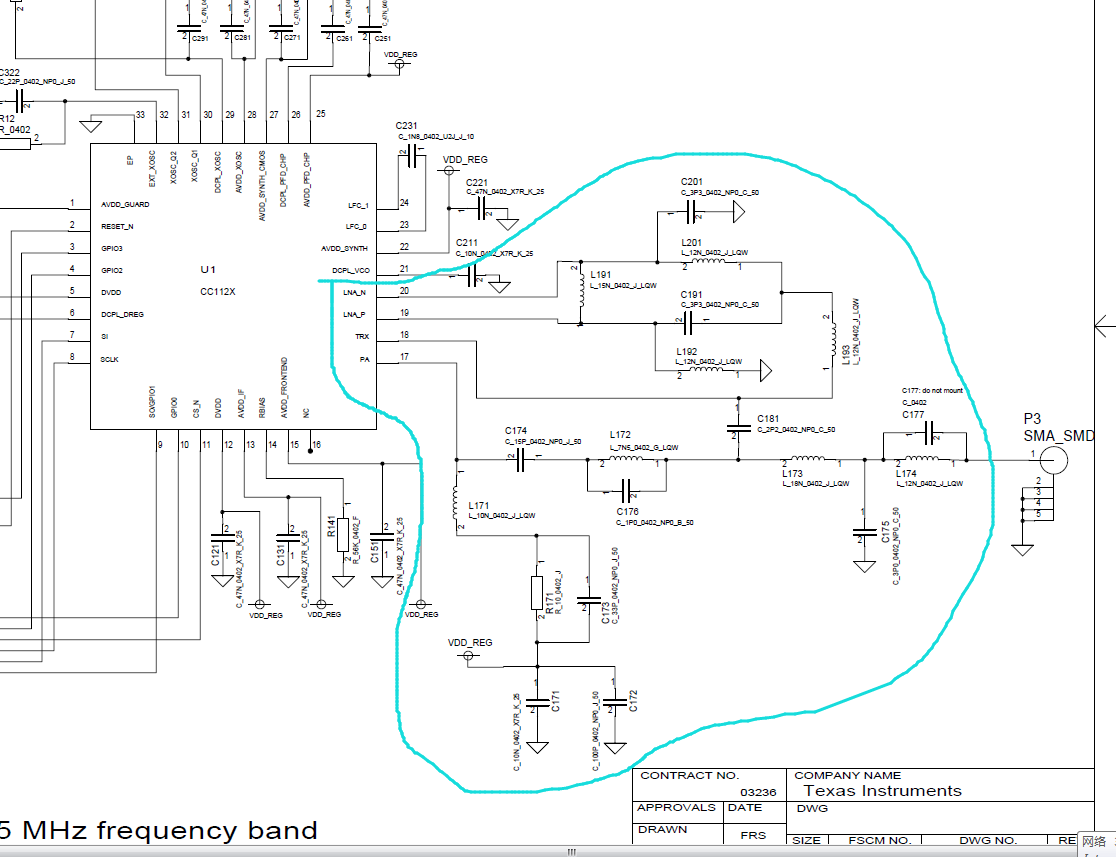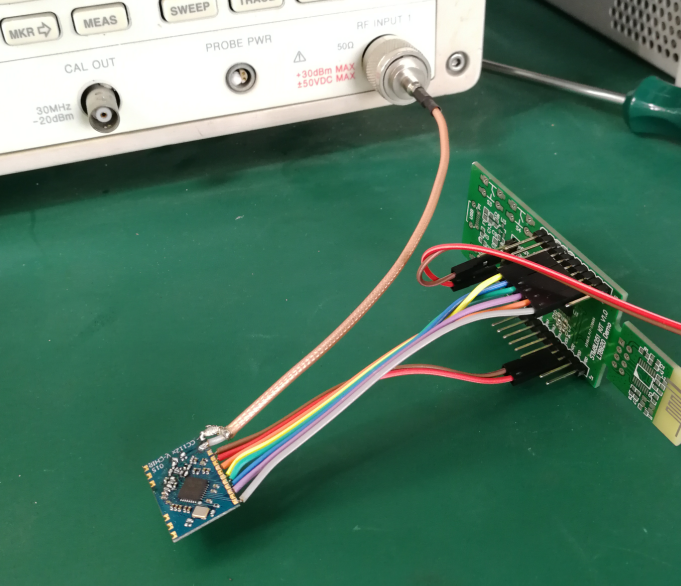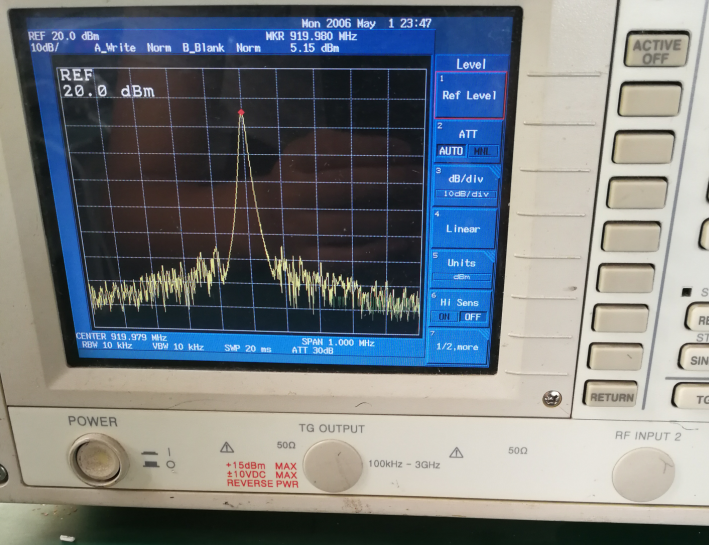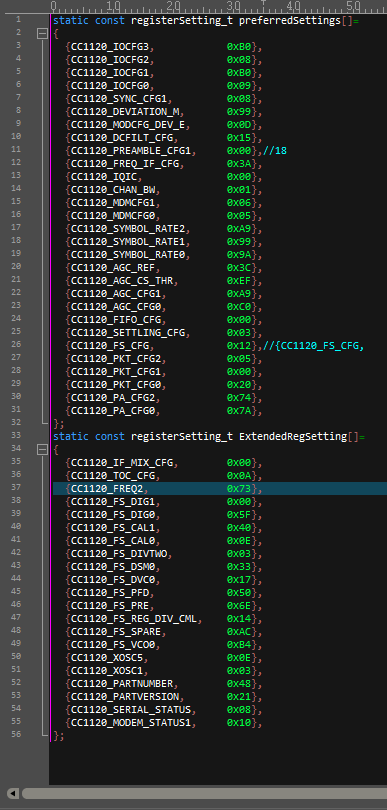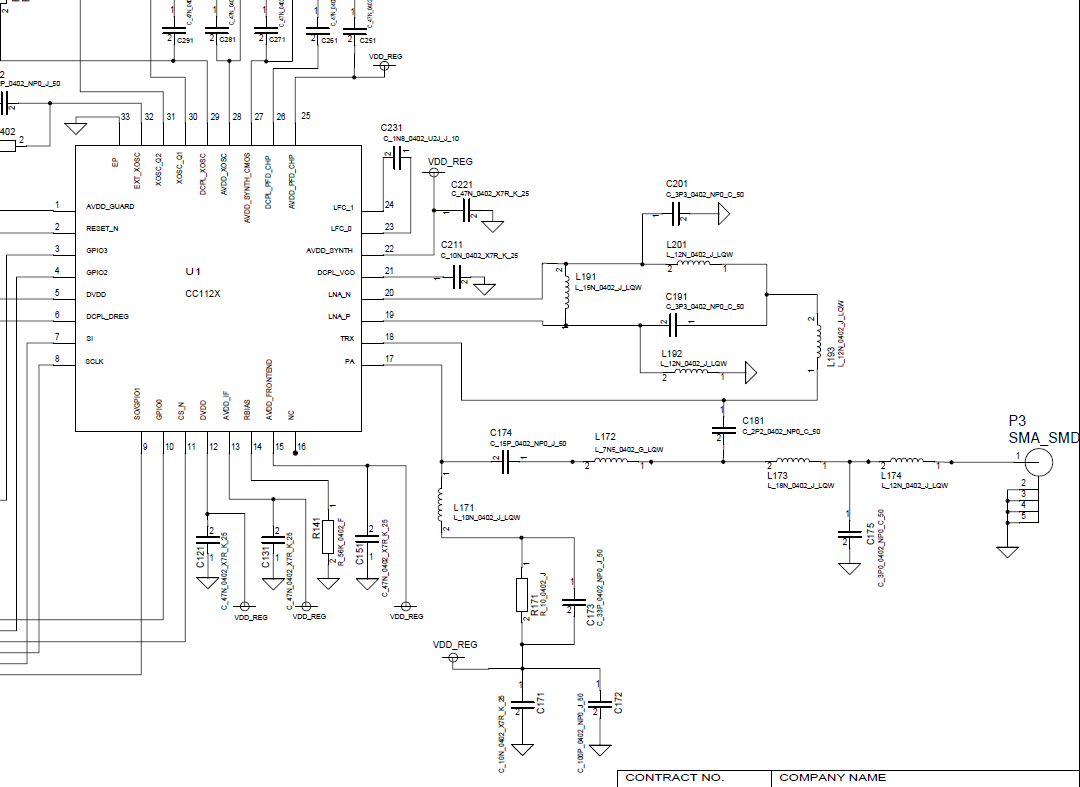Other Parts Discussed in Thread: CC1190,
Tool/software: TI C/C++ Compiler
HI
I use the 1120 RF chip and want it to run in the 920M band.
I am currently struggling to find relevant reference circuits, especially matching networks.
I used a 915M circuit and measured antenna radiated power at only 5dBm when I configured it to 10dBm.
Where can I find these reference files, please?
TKS


